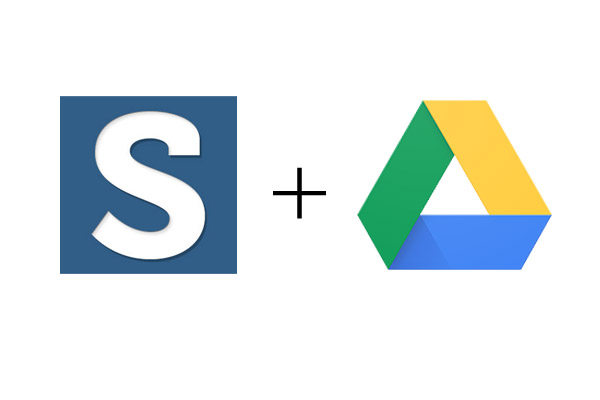
Starting this year, we made an important policy decision; to charge for transcription of audio/video files based on the difficulty level instead of just by the audio minute. It is an important policy change and can destroy our business. As the founder of Scribie, I firmly believe that it is the right thing to do.
Let’s start by defining the difficulty level. The industry standard for transcription of a clean audio file is around 4 times the duration of the file (1 hour long file takes around 4 hours to transcribe). Any issues in the audio file such as accent, background noise, distortion, distant speakers etc., adds a multiple to that time. E.g., files with accented/distant speakers can take twice the time to transcribe just because those parts have to replayed over and over again. That multiple is what we define as the difficulty level of the file.
It is, however, a tricky thing to measure as the customer and the transcriber will have differing opinions. We internally have a voting system and an algorithm which flags difficult files for our admins. The algorithm uses a statistically significant sample size and we believe this is the closest we can arrive to an un-biased consensus opinion.
Once we have measured the difficulty level, we can estimate the cost which it will add to process of transcription. There are four ways we can account for the cost.
- Compromise on the accuracy
- Absorb the cost ourselves
- Ask our transcribers to spend the additional time and effort for free
- Charge our customers more
The first option is the easiest one. It’s a good compromise as long as it’s acceptable to both parties. However, it is a slippery slope and has disastrous consequences for a meritocratic system like ours. We grade our transcribers by the mistakes at each step of the transcription process and we cannot trust the grades if there are unknown number of mistakes. Also, it contradicts our quality guarantee.
Until last year we used to absorb the cost. It was viable since our rates were higher. It was however grossly unfair to our transcribers since we demanded the same accuracy without any additional compensation but still graded them based on the same criteria. We lost many good transcribers as a result. I still feel terrible about that.
The third option is a non-starter since basic economics defeats it. We pay our transcribers by the audio hour and a flat rate just leads to a terrible quality transcript most of the time.
That brings us to the fourth option; pass the cost on to the customer. Logically it is the best option to choose, but also the riskiest since it is hard to argue with customers. Operationally, it enables us to compensate our transcribers by the difficulty level which in turn distributes the effort required evenly across our 4-step process and optimizes the accuracy/effort ratio.
Since implementing this policy we have lost many customers and have even been ridiculed publicly. But that is a price we are prepared to pay. We firmly believe that our customers deserve the best quality transcript irrespective of the file and our transcribers deserve the best possible compensation for their efforts. Charging by the difficulty level is the only way we do both and achieve our goal of maximum possible accuracy.

